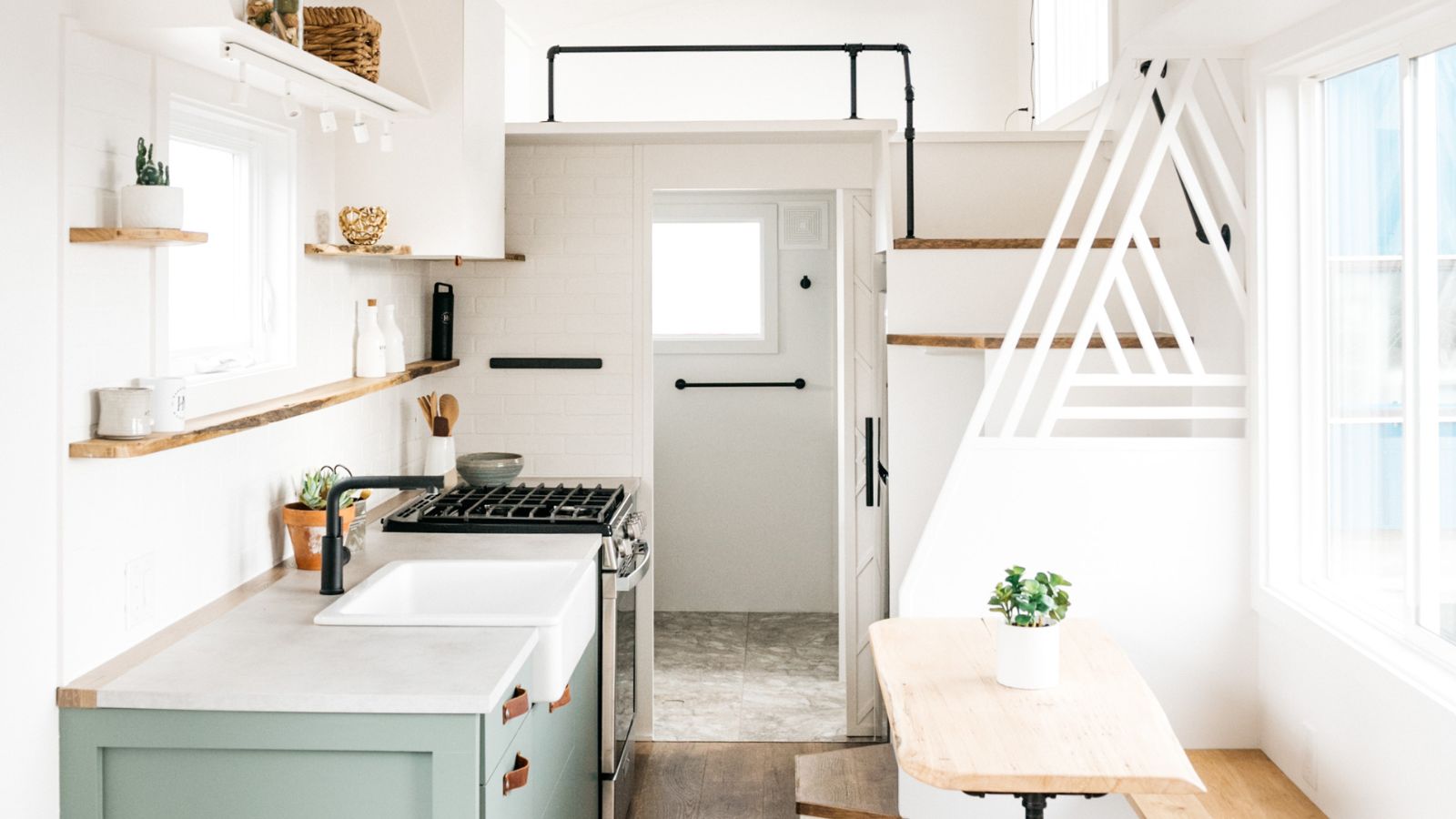In recent years, there has been a growing fascination with the idea of tiny homes. These pint-sized dwellings, often no larger than a few hundred square feet, have captured the imagination of individuals seeking a simpler, more minimalist way of living. But beyond just being a passing trend, tiny homes are beginning to exert a significant influence on the real estate market. In this blog post, we’ll explore the impact of tiny homes on real estate trends and delve into the reasons behind their rising popularity.
The Rise of Tiny Homes
Tiny homes have emerged as a response to several societal and economic factors. Rising housing costs in many urban areas, coupled with increasing concerns about environmental sustainability, have led people to seek alternatives to traditional, larger homes. Additionally, there’s a growing desire among individuals to downsize and declutter their lives, opting for a simpler lifestyle that prioritizes experiences over possessions.
Changing Preferences
One of the most notable impacts of tiny homes on real estate trends is the shifting preferences of homebuyers and renters. While spacious suburban homes were once the epitome of the modern lifestyle, many are now opting for smaller, more affordable living spaces. This shift in preference is challenging the traditional notion of what constitutes a desirable home and forcing developers and real estate agents to adapt to changing consumer demands.
Affordability and Accessibility
Tiny homes are often more affordable than their larger counterparts, making buying a home accessible to a broader segment of the population. In a world where skyrocketing housing prices have put homeownership out of reach for many, tiny homes offer a glimmer of hope for those looking to achieve the dream of owning their own home. Additionally, the smaller footprint of tiny homes means they can be built in a wider variety of locations, including urban infill lots and rural areas, further increasing their accessibility.
Environmental Sustainability
Another driving factor behind the popularity of tiny homes is their reduced environmental impact. These small dwellings require fewer resources to build and maintain, resulting in lower energy consumption and carbon emissions. Additionally, many tiny homeowners embrace sustainable living practices such as composting toilets, rainwater harvesting, and off-grid energy systems, further reducing their environmental footprint. As concerns about climate change continue to grow, the eco-friendly nature of tiny homes is becoming increasingly appealing to environmentally-conscious consumers.
Challenges and Opportunities
While tiny homes offer many benefits, they also present unique challenges for both homeowners and real estate professionals. Zoning regulations and building codes can pose significant obstacles to the widespread adoption of tiny homes, as many municipalities have strict requirements regarding minimum dwelling sizes and property setbacks. Additionally, financing options for tiny homes can be limited, making it difficult for prospective buyers to secure loans.
Despite these challenges, the tiny home movement shows no signs of slowing down. As more people embrace the idea of simple, sustainable living, tiny homes are likely to become an increasingly prominent feature of the real estate landscape. Whether they’re used as primary residences, vacation getaways, or rental properties, tiny homes offer a glimpse into a future where less is truly more.
The impact of tiny homes on real estate trends cannot be understated. From changing consumer preferences to affordability and environmental sustainability, tiny homes are reshaping the way we think about housing. While there are certainly challenges to overcome, the growing popularity of tiny homes signals a fundamental shift in the way we approach homeownership and urban living. As we look to the future, it’s clear that tiny homes will continue to play a significant role in shaping the real estate market for years to come.

 Facebook
Facebook
 X
X
 Pinterest
Pinterest
 Copy Link
Copy Link

